Sheeks House
Introduction
Text-to-speech Audio
Images
Ephraim Foster Brown's law office and home
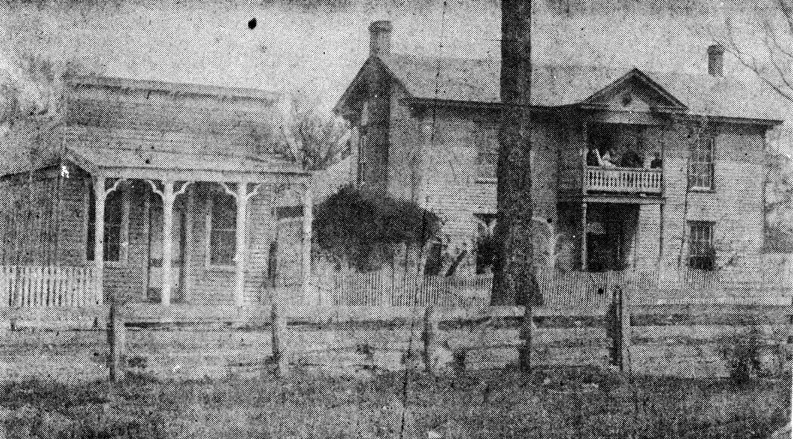
Ephraim Foster Brown
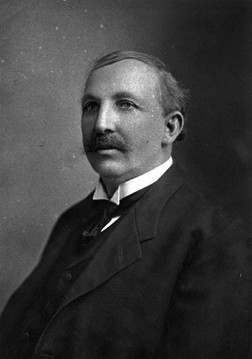
The Sheeks family with their home.

A picture of the Sheeks House and the Sheeks-Stephens Store taken from the courthouse tower.
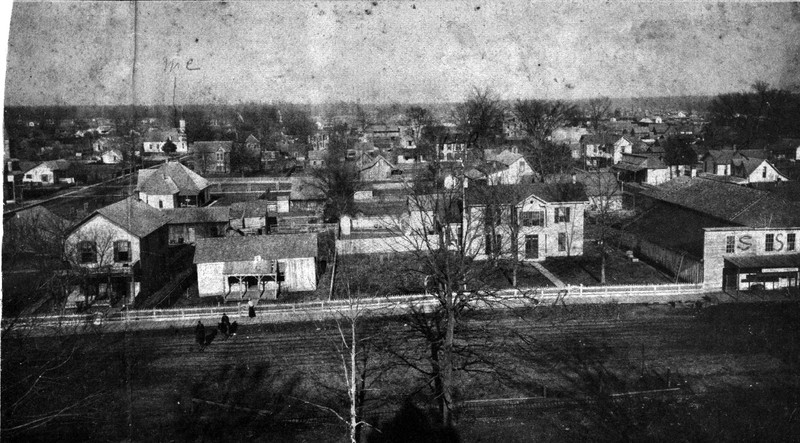
The Sheeks House in 1975. This photo was taken for the National Register of Historical Places nomination form. It also details the 1908 renovations.
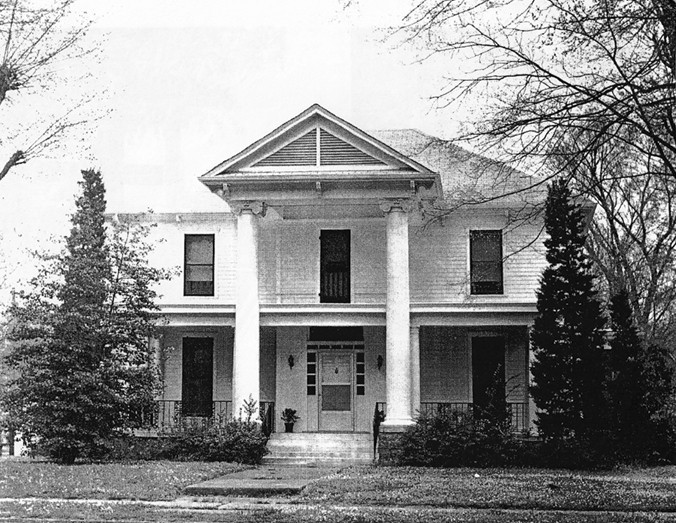
The Sheeks House in 2015
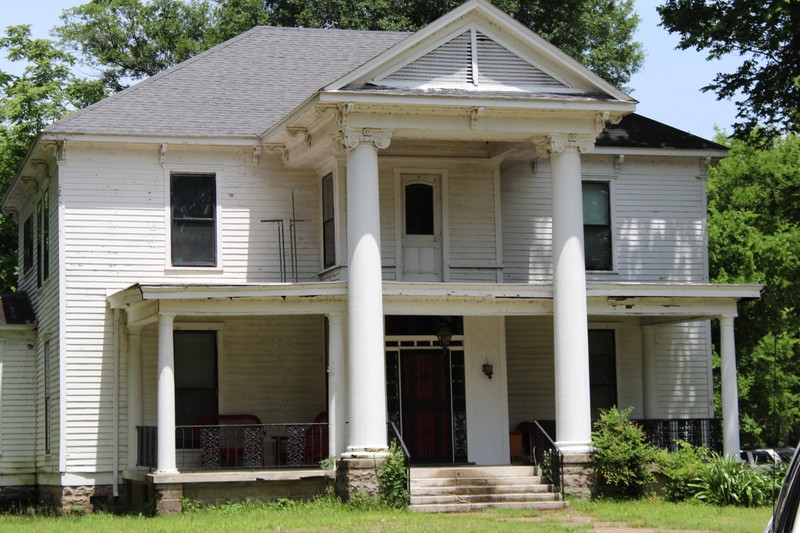
Backstory and Context
Text-to-speech Audio
The Sheeks House is a colonial/Greek revival wood-framed structure located on the court square in Corning, Arkansas. The house is a 2.5 story building constructed in 1872 by Ephraim Foster Brown. Mr. Brown who was a attorney at the time, had his law office there on the square next to his house. He was well respected in the area, eventually being elected the senator for Clayton and Greene County. While on the senate, he enacted legislation that changed the name of the county from Clayton to Clay. The county was originally named for Powell Clayton or his older brother John M. Clayton. These figures had grown unfavorable in the area so the county's name was shortened to Clay in honor of Kentucky Senator Henry Clay.
Mr. Brown sold the house to Edgar VanBuren Sheeks in 1878 and moved to Jonesboro, Arkansas. Mr. Sheeks would start off his business career by owning a lumber mill. He would later partner up with George W. Stephens and open the Sheeks-Stephens store on his corner lot of the court square. Together they also opened the first cotton gin in Corning and by 1906 Mr. Sheeks was the manager of the first electric light plant.
In 1908 the house was heavily remodeled. This remodel added a grand portico at the front of the house with two grand columns as well as a two-story addition to the back of the house. Other than these renovations in 1908 the house has been unaltered since. The Sheeks House was added to the National Register of Historical Places in 1975.
Sources
“Sheeks House.” National Register of Historic Places nomination form. On file at Arkansas Historic Preservation Program, Little Rock, Arkansas.
Argenweb – Arkansas Genealogical Resources Online “Sheeks House, Corning” Accessed October 10, 2019 http://www.argenweb.net/clay/sheekshouse.htm
Argenweb – Arkansas Genealogical Resources Online “Clay County Courier Narratives 1873 - 1899” Accessed February 13, 2020 https://www.argenweb.net/clay/couriernarratives1873-1899.htm
Argenweb – Arkansas Genealogical Resources Online “The Case of the Vanishing Ton!” Accessed February 13, 2020 https://www.argenweb.net/clay/couriervanishington.htm
https://www.argenweb.net/clay/sheekshouse.htm
http://www.argenweb.net/clay/brownefoster.htm
https://www.argenweb.net/clay/sheekshouse.htm
https://www.argenweb.net/clay/viewfromcourthousetower.htm
http://www.argenweb.net/clay/sheekshouse.htm
Drew Calhoun
